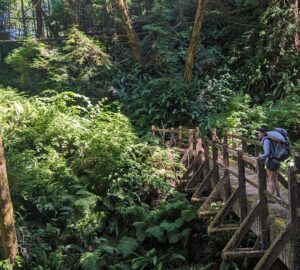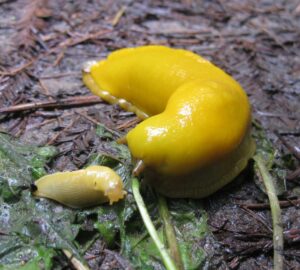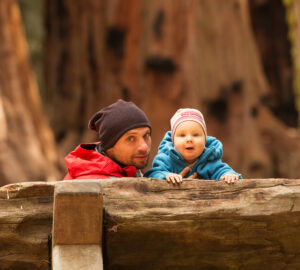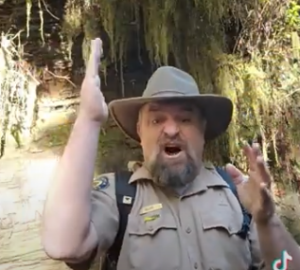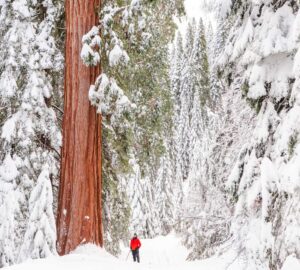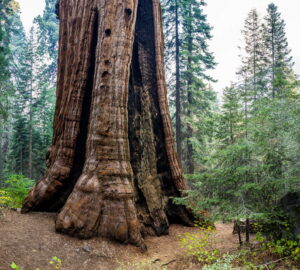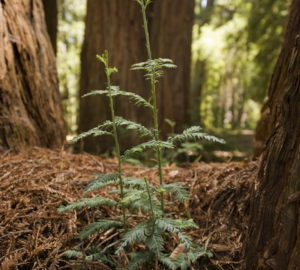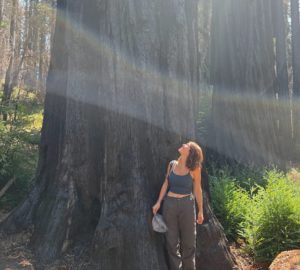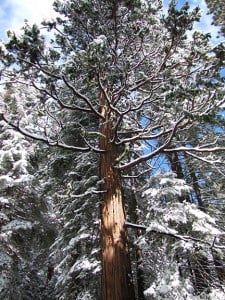
Why are Christmas trees shaped the way they are, pointy on top and wide at the bottom? It’s because their growth is regulated by hormones. One such hormone (called auxin) is produced at the growing tip of the treetop and inhibits the growth of new leaves and stems near the source of the hormone. As the hormone diffuses slowly downward through the tree, it gets diluted along the way. So, the closer branches are to the base of the tree—and the greater the distance from the source of hormone—the more they grow. This is what you encourage in your basil plant when you pinch off the growing tips to make it get bushier and produce more tasty leaves.
Now, I know what you are thinking: tall redwoods usually don’t have any branches down near the base of the tree and they should if hormones cause branches to grow when the branches are far away from the treetop! You are right and yet hormones only control growth under “happy” growth conditions, i.e. when there is a lot of sunlight for photosynthesis. When trees get big enough that they shade their lower branches, those shaded branches die because they can’t feed themselves.
Really, this is all related. Auxin prevents branch growth at the top of the tree to make sure that the mid-crown branches get enough sunlight to survive. If it wasn’t for auxin, our redwoods and Christmas trees would be round like bushes and would not be nearly as tall.
As you notice brightly decorated Christmas trees this holiday, thank tree hormones for making it all possible!
Want to learn more about the redwood forest? Check out our Fun Facts page for interesting information about these amazing trees!

